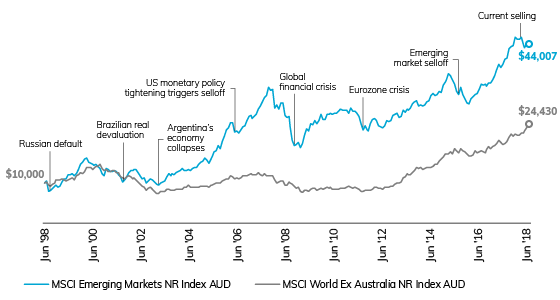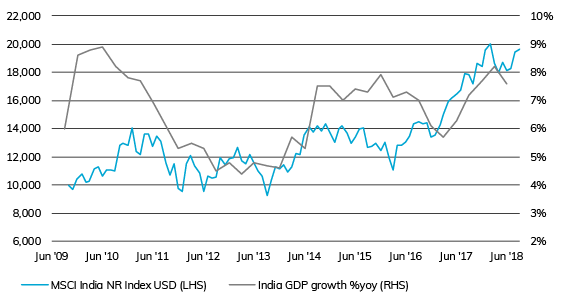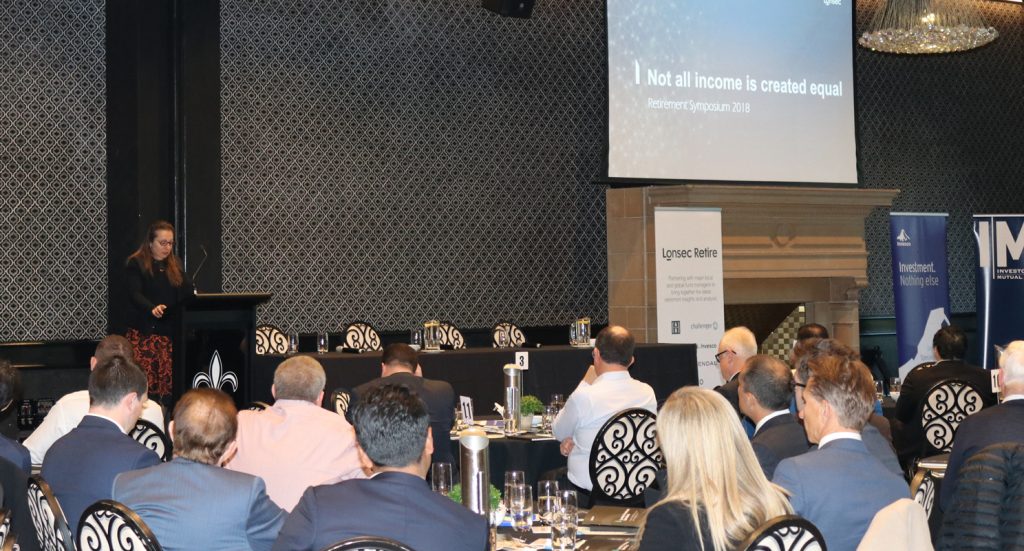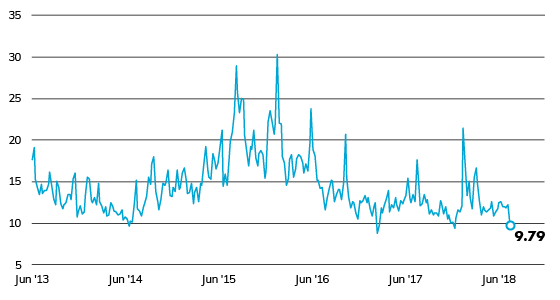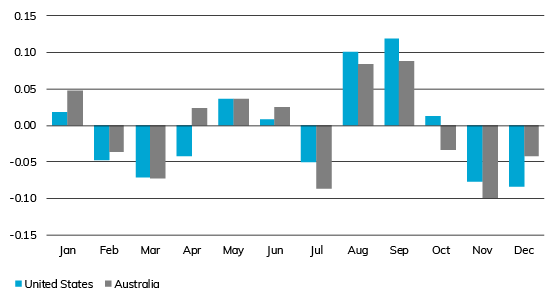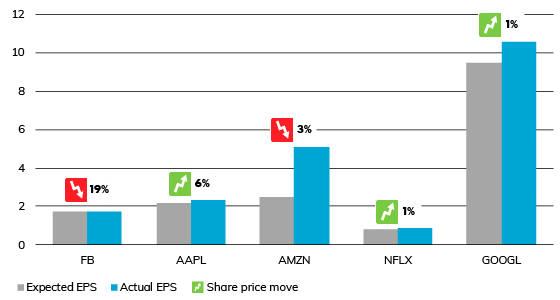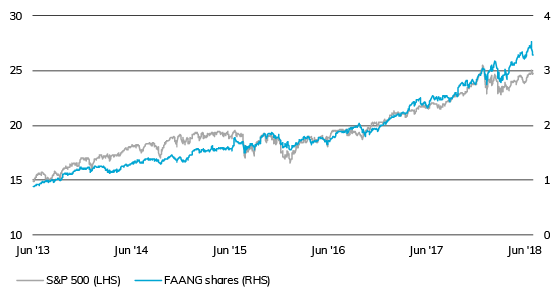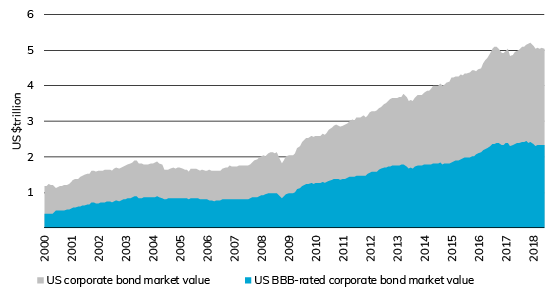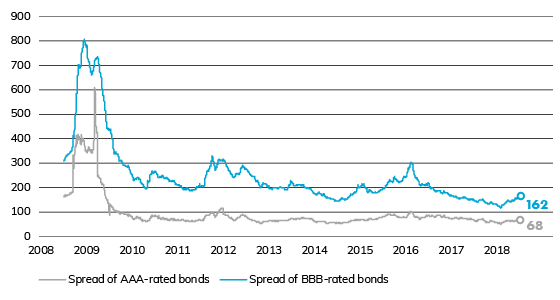Don’t miss the premier awards night for superannuation and wealth management industries
The 16th Annual SuperRatings & Lonsec Fund of the Year Awards Dinner is a must-attend black tie, gala event for the superannuation and funds management industries – and the prestigious conclusion to the SuperRatings & Lonsec Day of Confrontation.
Join over 400 colleagues for an exclusive evening of celebration and entertainment, where we recognise the highest achieving funds that have stood out amongst their peers, demonstrating passion, innovation and a single-minded commitment to going above and beyond for members and investors.
Along with the coveted Fund of the Year Award, SuperRatings will be presenting a number of awards. The key award categories include:
Pension of the Year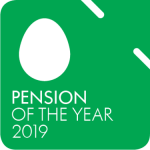
- AustralianSuper
- BUSSQ
- Cbus Super
- Equip
- HESTA
- QSuper
- Sunsuper
- TelstraSuper
- UniSuper
- VicSuper
MyChoice Super of the Year
- CareSuper
- Cbus Super
- Hostplus
- Mercer Super Trust
- QSuper
- Statewide Super
- Sunsuper
- Telstra Super
- UniSuper
- VicSuper
MySuper of the Year
- AustralianSuper
- CareSuper
- First State Super
- HESTA
- Hostplus
- Intrust Super
- QSuper
- Rest
- Sunsuper
- UniSuper
Career Fund of the Year
- Cbus Super
- HESTA
- Hostplus
- Intrust Super
- Telstra Super
Best New Innovation
- BUSSQ Centrelink Asssist Program
- QSuper Online Tax Deduction Claims Facility
- Sunsuper BEAM
- WA Super Scaled Advice Tool
Rising Star
- HUB24
- MTAA Super
- netwealth
- Tasplan
- WA Super
Fund of the Year
- Announced on the night
Infinity Award
- Announced on the night
In addition to the SuperRatings honours, Lonsec will be presenting a number of awards recognising excellence across the broader wealth management industry. The key award categories include:
Lonsec Innovation Award
- Challenger CarePlus
- Magellan Global Trust
- Partners Group Global Real Estate Fund
Lonsec Rising Star Award
- Affirmative Investment Management Partners Ltd
- India Avenue Investment Management
- Lennox Capital Partners Pty Ltd
Lonsec Disruptor Award
- BetaShares Australia 200 ETF
- BetaShares Australian Investment Grade Corporate Bond ETF
- CFM IS Trends Trust
Listed Fund Award
- MCP Master Income Trust
- VanEck Vectors Australian Floating Rate ETF
- Vanguard Global Value Equity Active ETF
We are also proud to announce the nominees for the Pendal Retirement Innovation Award, which recognises those individuals who significantly enhance Australians’ experiences in their retirement years.
Pendal Retirement Innovation Award
- Jean-Luc Ambrosi – Executive General Manager, Marketing & Digital, TelstraSuper
- Steven Hack – Manager – Product and Advice, BUSSQ
- Sam Harris – General Manager, Insights and Customer Experience, HESTA
- Lyn Melcer – Head of Technical Advice, QSuper
The evening is proudly supported by our principal sponsor Pendal, and the Link Group.
[tc_seat_chart class=”btn btn-lg btn-success” id=”2647″ show_legend=”true” button_title=”Register Here” subtotal_title=”Subtotal” cart_title=”Go to Cart”]
Event details
Where: Grand Hyatt, Melbourne
When: Tuesday 30 October 2018
Time: 7:00pm to 11:00pm
Dress Code: Black Tie
Awards dinner: $275 + GST
Combo (Day and Awards Dinner): $599 + GST
All delegates can receive special accommodation rates at the Grand Hyatt. Simply enter your dates and special offer code ‘EVENT’. For more details, click here.
[tc_seat_chart class=”btn btn-lg btn-success” id=”2647″ show_legend=”true” button_title=”Choose Awards Dinner” subtotal_title=”Subtotal” cart_title=”Go to Cart”]







